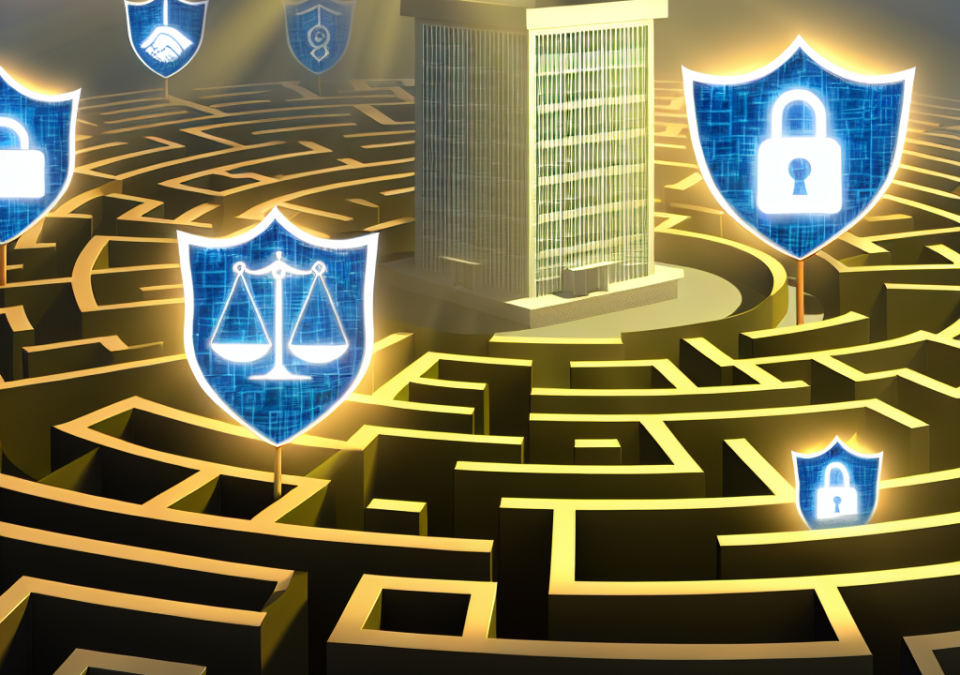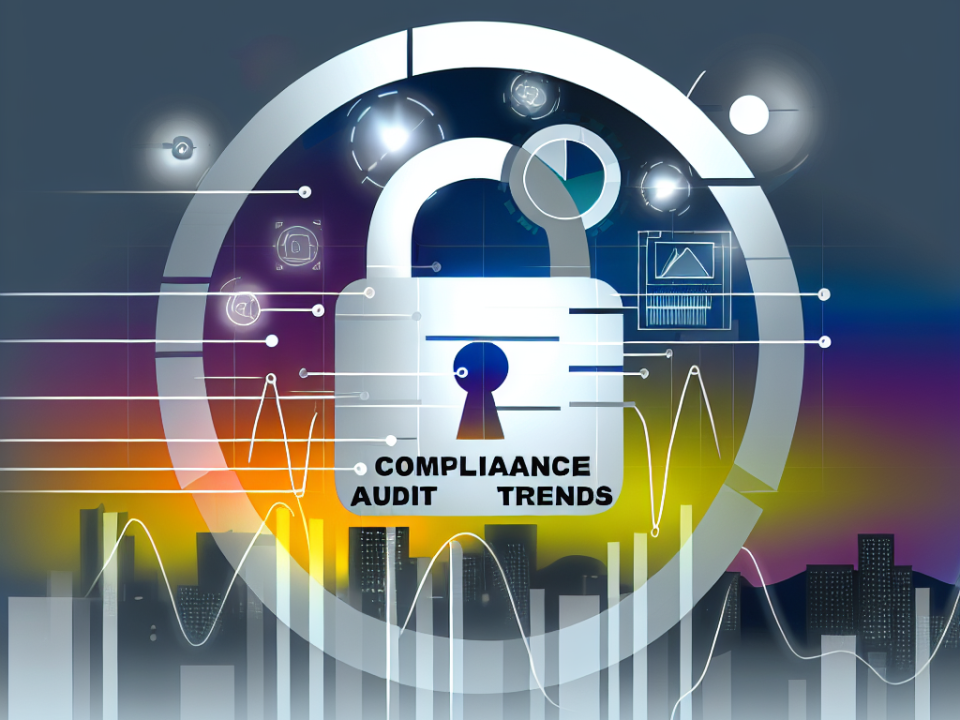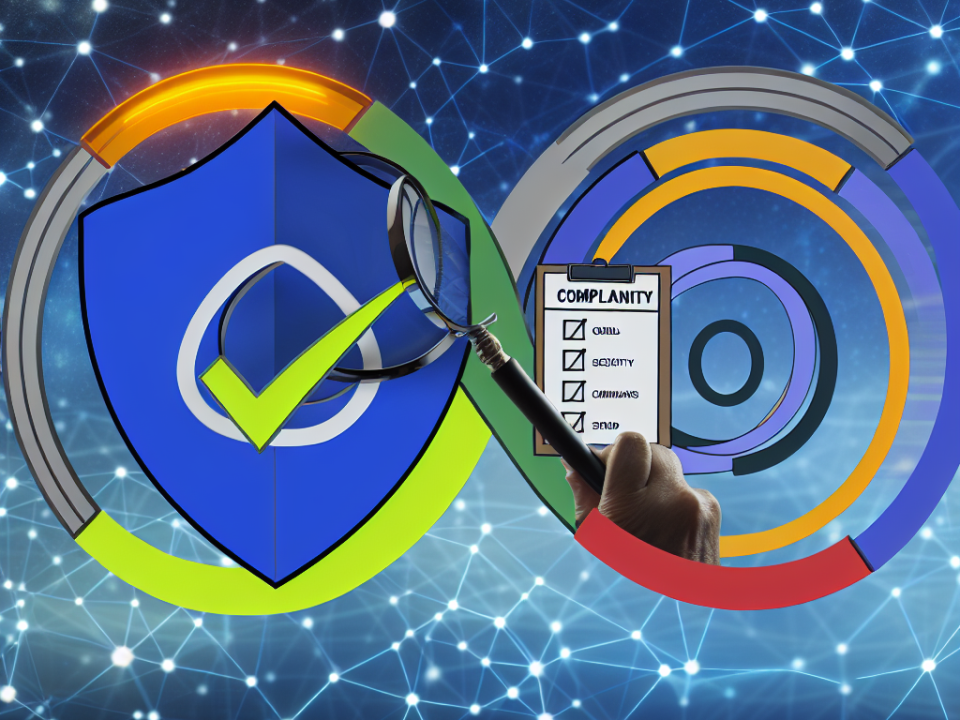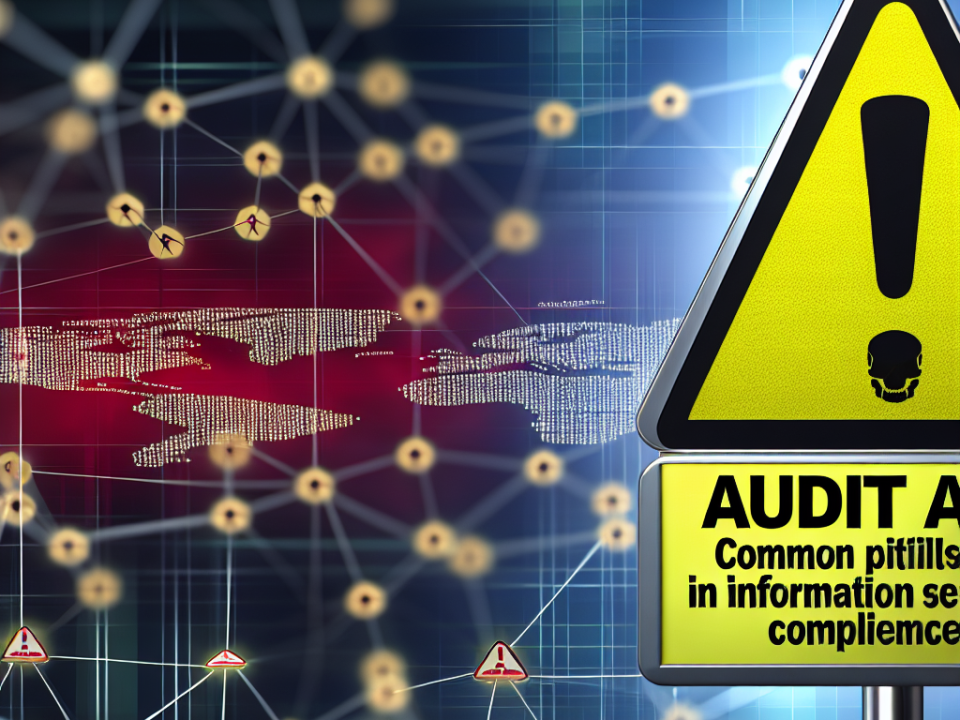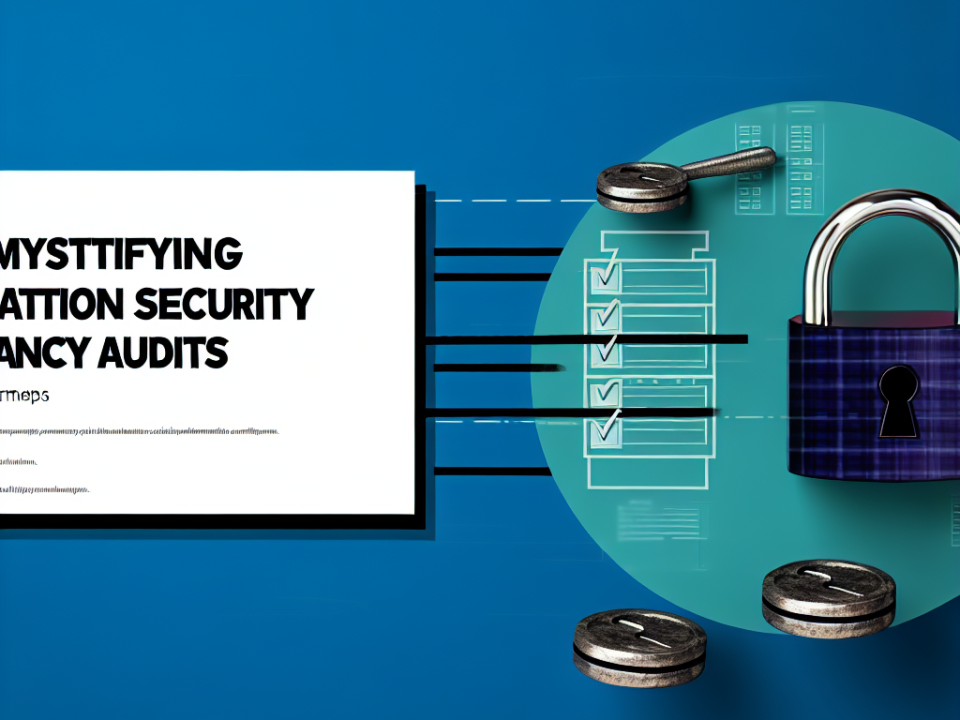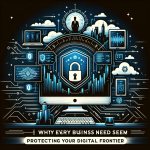
Why Every Business Needs SIEM: Protecting Your Digital Frontier
June 21, 2025
Real-Time Insights: How SIEM Transforms Threat Detection
June 22, 2025
In today’s complex regulatory environment, organizations across all industries face the daunting task of ensuring compliance with a myriad of standards and regulations. From financial institutions to healthcare providers, navigating the compliance maze is essential to mitigate risks, protect sensitive information, and maintain trust with stakeholders. This article explores key compliance standards that every organization should be familiar with to enhance their compliance framework.
1. The Importance of Compliance
Compliance is not merely a regulatory checkbox; it is integral to an organization’s overall strategy. Non-compliance can lead to severe consequences, including hefty fines, legal penalties, and a damaged reputation. Moreover, a strong compliance program fosters a culture of integrity, transparency, and accountability, which can significantly enhance relationships with customers, partners, and regulators.
2. Essential Compliance Standards
a. GDPR (General Data Protection Regulation)
The GDPR is a comprehensive data privacy regulation enacted by the European Union to protect individuals’ personal data. Organizations that process the data of EU citizens must ensure they comply with the GDPR, which includes principles like data minimization, transparency, and providing users with control over their data. Key requirements include obtaining explicit consent for data processing, ensuring data portability, and implementing robust data protection measures.
b. HIPAA (Health Insurance Portability and Accountability Act)
For healthcare organizations in the United States, HIPAA establishes national standards for protecting sensitive patient information. Compliance with HIPAA is crucial for safeguarding health data, ensuring privacy, and providing patients with rights regarding their information. Key components include the Privacy Rule, which governs the use and disclosure of protected health information (PHI), and the Security Rule, which sets standards for safeguarding electronic PHI.
c. PCI DSS (Payment Card Industry Data Security Standard)
Any organization that accepts, processes, or stores credit card information must comply with PCI DSS. This standard aims to enhance payment card security and protect cardholder data. Organizations should implement a range of security measures, including maintaining a secure network, encrypting transmission of cardholder data, and regularly monitoring and testing networks.
d. SOX (Sarbanes-Oxley Act)
SOX is a U.S. federal law aimed at protecting investors from fraudulent financial reporting by corporations. Publicly traded companies must adhere to strict financial disclosures and internal controls. Non-compliance can lead to severe consequences, including criminal penalties for executives. Organizations need to ensure accurate financial reporting, establish internal controls, and regularly audit compliance processes.
e. ISO 27001
ISO 27001 is an international standard that outlines the requirements for an information security management system (ISMS). Organizations that pursue ISO 27001 certification demonstrate their commitment to managing sensitive information and ensuring its confidentiality, integrity, and availability. Compliance requires organizations to assess risks, implement security controls, and continually evaluate the effectiveness of their ISMS.
f. CCPA (California Consumer Privacy Act)
The CCPA enhances privacy rights for residents of California, giving them more control over their personal information. Businesses must provide consumers with the right to know what personal data is collected, the purpose for its use, and the ability to opt-out of the sale of their data. Compliance necessitates clear privacy notices and processes to facilitate consumer rights.
3. Navigating Compliance Challenges
a. Understanding the Regulatory Landscape
Given that compliance requirements can vary significantly based on geography, industry, and organizational size, it is vital for organizations to stay abreast of changing laws and regulations. Regular training and updates on compliance matters for employees at all levels can help ensure that everyone in the organization understands their responsibilities.
b. Implementing a Compliance Framework
Developing a robust compliance framework is essential for managing compliance requirements effectively. This includes establishing policies, procedures, and controls tailored to meet specific compliance standards. Organizations should also designate compliance officers or teams to oversee compliance activities and conduct regular audits to identify gaps and improve processes.
c. Leveraging Technology
Technology can play a critical role in streamlining compliance processes. Compliance management software can help organizations automate monitoring and reporting, reducing the burden of manual compliance tasks. Data analytics can also assist in identifying patterns, monitoring risks, and improving decision-making concerning compliance efforts.
Conclusion
In an era where compliance is more critical than ever, navigating the maze of regulations can seem overwhelming. However, by familiarizing themselves with key compliance standards, organizations can take proactive steps to protect their assets, build consumer trust, and foster a culture of compliance. By implementing a structured compliance framework and leveraging technology, organizations can more effectively manage compliance challenges, ensuring long-term success and resilience in today’s dynamic business environment.

